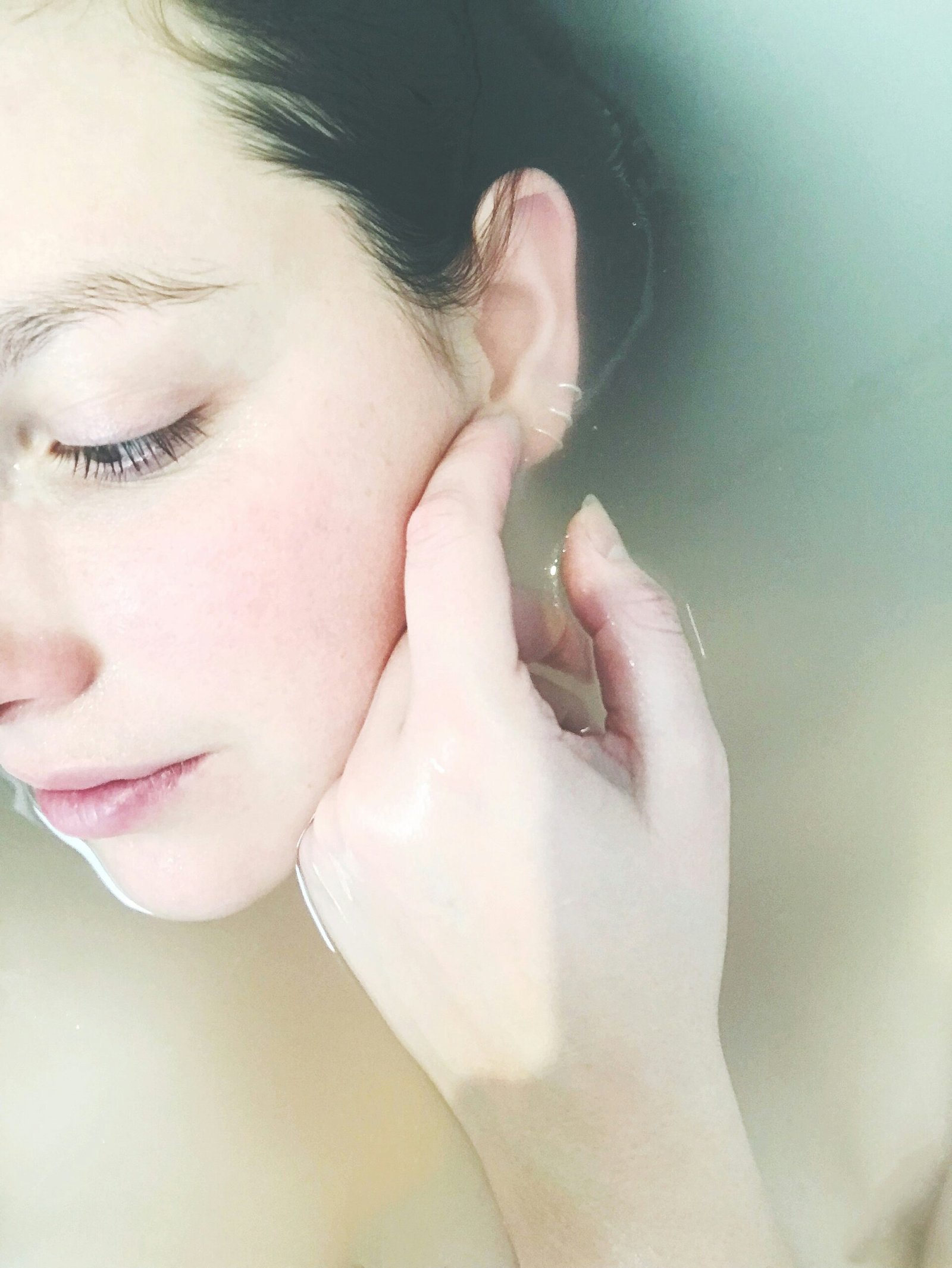
Understanding Your Skin Type
Before diving into the world of face masks, it’s important to understand your skin type. Each person’s skin is unique, and different skin types require different care. Here are the main skin types:
Dry Skin
If your skin feels tight, rough, or flaky, you likely have dry skin. Dry skin lacks moisture and may appear dull or aged. It’s important to choose a face mask that provides intense hydration and nourishment.
Oily Skin
Oily skin is characterized by excess sebum production, resulting in a shiny or greasy appearance. People with oily skin often experience enlarged pores, acne, and frequent breakouts. Look for face masks that help control oil production and mattify the skin.
Combination Skin
Combination skin is a mix of both dry and oily areas. Typically, the T-zone (forehead, nose, and chin) is oily, while the cheeks are dry. It’s important to choose a face mask that targets both oily and dry areas without causing imbalance.
Sensitive Skin
If your skin is easily irritated, prone to redness, or reacts to certain products, you likely have sensitive skin. It’s important to choose face masks that are gentle and free from harsh ingredients that can trigger sensitivity.
Choosing the Right Face Mask
Now that you have a better understanding of your skin type, let’s explore how to choose the right face mask:
1. Read the Ingredients
When selecting a face mask, always read the ingredients list. Look for masks that contain beneficial ingredients for your skin type. For example:
- For dry skin: Look for masks with hydrating ingredients like hyaluronic acid, glycerin, and oils such as argan or jojoba.
- For oily skin: Look for masks with ingredients like clay, charcoal, or salicylic acid, which help absorb excess oil and unclog pores.
- For combination skin: Look for masks that have a balanced formulation, targeting both dry and oily areas. Ingredients like green tea, aloe vera, or niacinamide can be beneficial.
- For sensitive skin: Look for masks that are fragrance-free and formulated with soothing ingredients like chamomile, aloe vera, or oatmeal.
2. Consider the Mask Type
There are various types of face masks available, including:
- Sheet Masks: These are pre-cut masks soaked in a serum or essence. They are easy to use and provide instant hydration.
- Clay Masks: These masks contain clay or mud and are great for deep cleansing and oil absorption.
- Gel Masks: Gel masks are cooling and soothing. They are ideal for sensitive or irritated skin.
- Cream Masks: Cream masks are rich and nourishing. They are suitable for dry or mature skin.
Consider your skin type and preferences when choosing the mask type. For example, if you have oily skin, a clay mask may be more suitable, while those with dry skin may prefer a cream mask.
3. Look for Specific Skin Concerns
Aside from addressing your skin type, you may also have specific skin concerns you want to target. Here are some common skin concerns and the types of masks that can help:
- Acne: Look for masks with ingredients like tea tree oil, benzoyl peroxide, or sulfur, which have antibacterial and anti-inflammatory properties.
- Aging: Look for masks with ingredients like retinol, collagen, or peptides, which help reduce the appearance of fine lines and wrinkles.
- Brightening: Look for masks with ingredients like vitamin C, niacinamide, or kojic acid, which help even out skin tone and improve radiance.
- Hydration: Look for masks with ingredients like hyaluronic acid, ceramides, or honey, which provide intense hydration and plump the skin.
4. Patch Test
Before applying a new face mask all over your face, it’s important to do a patch test. Apply a small amount of the mask on your inner forearm or behind your ear and wait for 24 hours. If you experience any redness, itching, or irritation, avoid using the mask.
5. Frequency of Use
Consider how often you want to use a face mask. Some masks are designed for daily use, while others are recommended for weekly or monthly treatments. Follow the instructions provided by the manufacturer to ensure optimal results.
6. Seek Recommendations
If you’re unsure which face mask to choose, seek recommendations from skincare professionals or friends with similar skin types. They may have tried and tested masks that work well for them.
Conclusion
Choosing the right face mask for your skin type is essential for achieving healthy, glowing skin. By understanding your skin type, reading the ingredients, considering the mask type, looking for specific skin concerns, patch testing, and seeking recommendations, you can make an informed decision and find a mask that suits your needs. Remember to follow the instructions for application and frequency of use to maximize the benefits of your chosen face mask.


